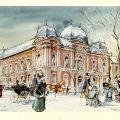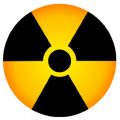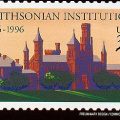Today in Smithsonian History: February 26, 1850
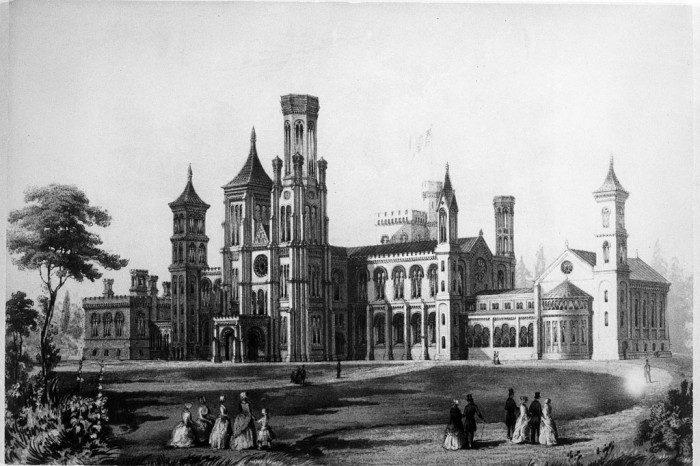
Engraving of the Smithsonian Institution Building in 1849. The exterior of the building was completed in 1851.
Under the direction of B. S. Alexander, the main portion of the Smithsonian Institution Building or “Castle” was completed in 1854, except for a few unimportant additions. The total cost for the building grounds, and furnishings is $299,414.14. According the annual report of the Smithsonian Institution in 1854, “From June 13, 1853, when Gilbert Cameron, the original contractor, commenced work on completion of the building, the project has been uninterruptedly prosecuted without any further accidents. The completed upper story has a Lecture Room of about 100 feet in length in the middle, which comfortably seats 1,500 and can hold upwards of 2,000. The optical and acoustic properties of the lecture room are considered unsurpassed by any other in the U.S.” Via Smithsonian Institution Archives.
February 26, 1850 The framing and floor of the southeastern end of the first floor, the Great Hall, of the Smithsonian Institution building suddenly collapse. The prominent paleontologist, glaciologist and geologist Louis Agassiz had just concluded a lecture in the east wing lecture hall when the collapse occurred. A committee, consisting of architects E.B. White, Mr. Turnbull, and John Niernsee, is appointed on March 4 to investigate the collapse. They find the contractor responsible for $12,000 in damages because of inferior work. The building’s architect, James Renwick, Jr., proposes a plan to fireproof the main building.
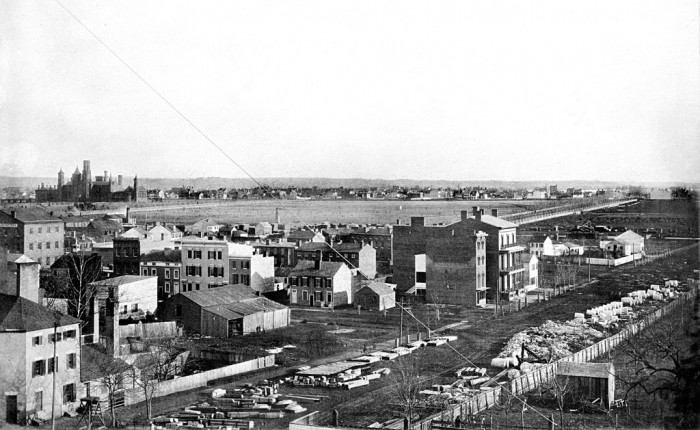
The Smithsonian Institution Building seen from downtown Washington, D.C., from across the National Mall, around 1855. In the foreground are construction materials along 15th Street NW, for the new wing added in 1855 to the Treasury Building. The Treasury building is the oldest departmental building in Washington, D.C., having been completed in 1842 and expanded three times by 1869. Residential and commercial buildings in the foreground are between 15th and 14th Streets, NW. This area was also known in the 1860s as the red light district called Murder Bay. The canal bordering the Mall before being converted to form Constitution Avenue is the sliver at right center. The white residence at the far left is at the corner of 15th Street and Pennsylvania Avenue, NW. (Photographer unknown, via Smithsonian Institution Archives.)
Posted: 26 February 2019
- Categories:

